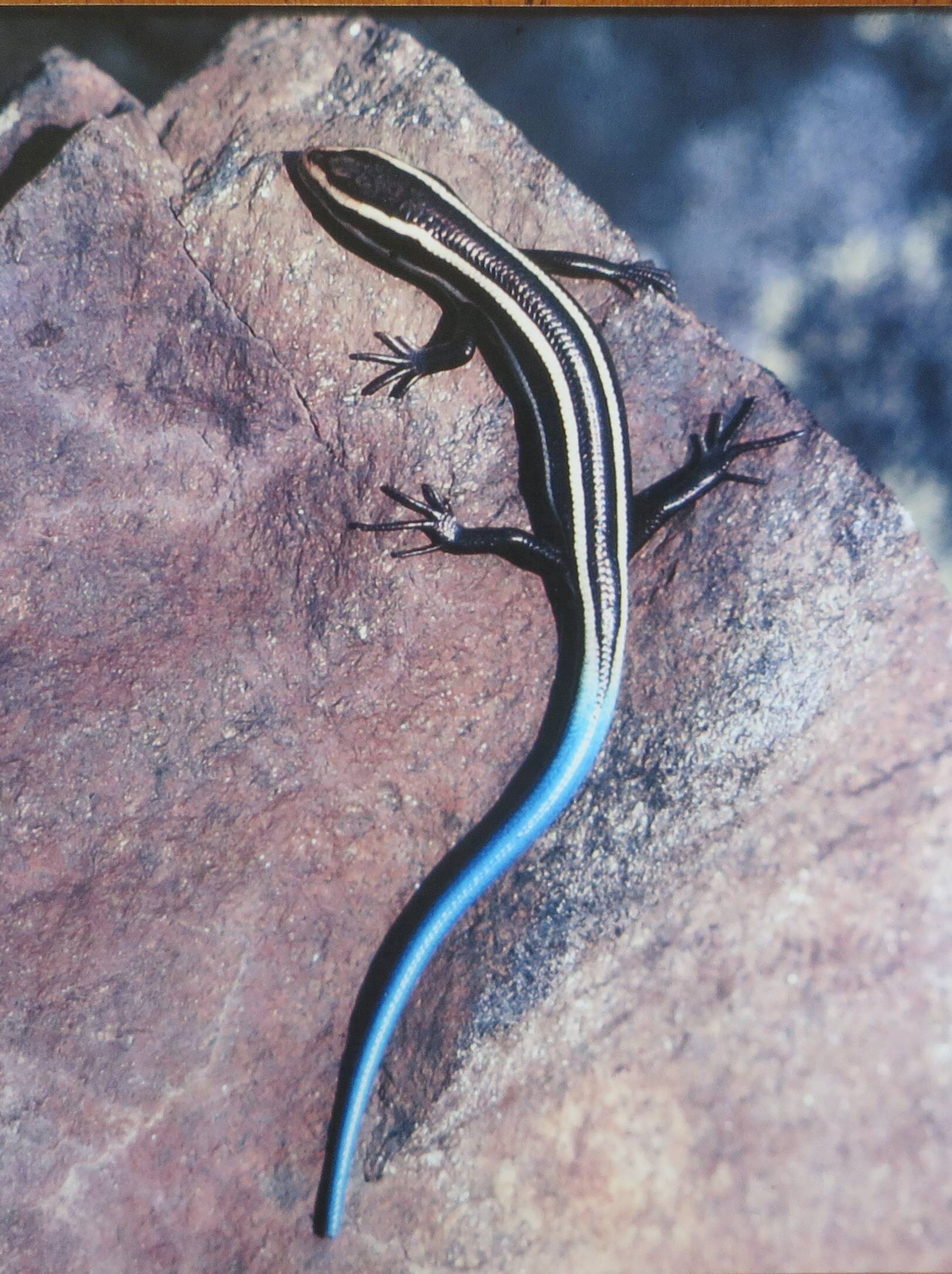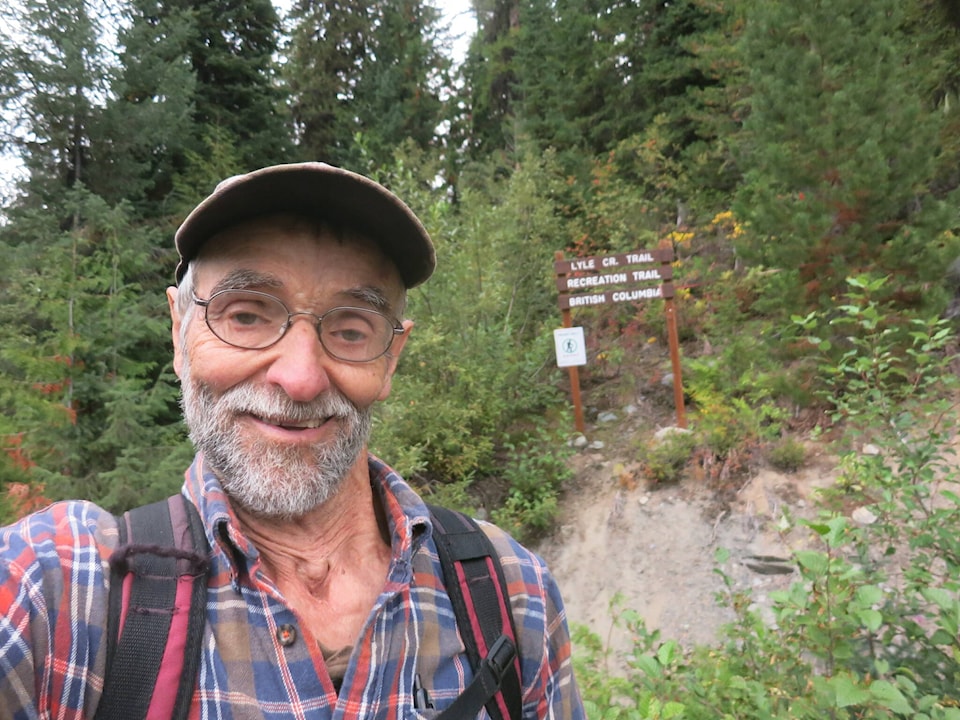By Ed McMackin, biologist by profession and naturalist by nature
We don’t usually see lizards in the winter unless, for some special reason, the ground is being broken up, rocks or windfall- trees are moved. In more protected areas lizards might spend the winter under a pile of leaves that are protected from precipitation. Probably the most common winter-places are “down-under”, not in Australia, but under-ground. They may inhabit the same rocky crevices, miniature tunnels and cavities, made by voles and frost-action, that they occupied in the summer.
In those under-ground passages, they would have sought cooler temperatures, night-time habitation, protection, and places to have their young (if they didn’t have them on the surface among low plants and dried leaves). They feed mostly during sunny, warm days because that is when their food is available, in the way of various types of flying and crawling insects. I am sure they could snap up a small skipper or spring azure butterfly. Their mouths are pretty large.
Now as most of you know, lizards and salamanders are quite different from each other. The outer covering of a lizard is dry and scaly and sometimes kind of shiny. The scales my be arranged in intricate patterns and subdued colors to give a general appearance of green, greenish-brown, brown, tan and so forth. Salamanders, on the other hand, have a very smooth, moist, and porous skin, through which they do some “breathing”. Thus, it is necessary for them to have moist skin so they can survive. Being somewhat night-active they are sometimes seen on wet nights or cloudy, wet days, in wet or dew-covered grass. They spend adverse weather and winter under rotten logs, in rotting litter, or under boards.
So, it is easily seen that lizards and salamanders are very different and have widely different habits.
Our two lizards in the Kootenay Lake-Creston area, spend much the same time in similar situations, during summer and winter. On cool days, they may be seen on rocks trying to catch a bit of the sun’s warming rays and seek shelter when the temperatures are too cool to warm up.
The Northern Alligator Lizard is our most common of the two species. It may be heard rustling in the dry leaves and grasses in spring, on warm, dry slopes. It can reach 15 cm in length.
The other 8-cm. species is blackish-brown with stripes down the back. It has a dazzling, blue tail which fades as they get aged. I believe this one is the Western Skink. One “safety-feature” that both lizards have, is part or the whole tail will be dropped if it is grabbed by a predator, such as a raven. Be careful that you avoid grabbing the tail. I wouldn’t say that the Alligator bites, but grabs. It isn’t venomous. The male will hold the female behind the head during courtship and mating.

Frogs lay clumps of eggs while toads lay strings of eggs in the water. Our local lizards, since they have no medium in which to lay their eggs, may retain eggs and give birth to live young, which move almost as quick as the adults. I recall an Alligator Lizard birthing three young, which were crawling about as soon as they were born and heading for their hideout when they were released from out of the terrarium.
The lizards this winter, just like any other winter, will stay in lethargy until spring’s warm days arrive, though the ground has thawed under the snow, it’s still too cold for lizards, as well as many other creatures, to move about.
